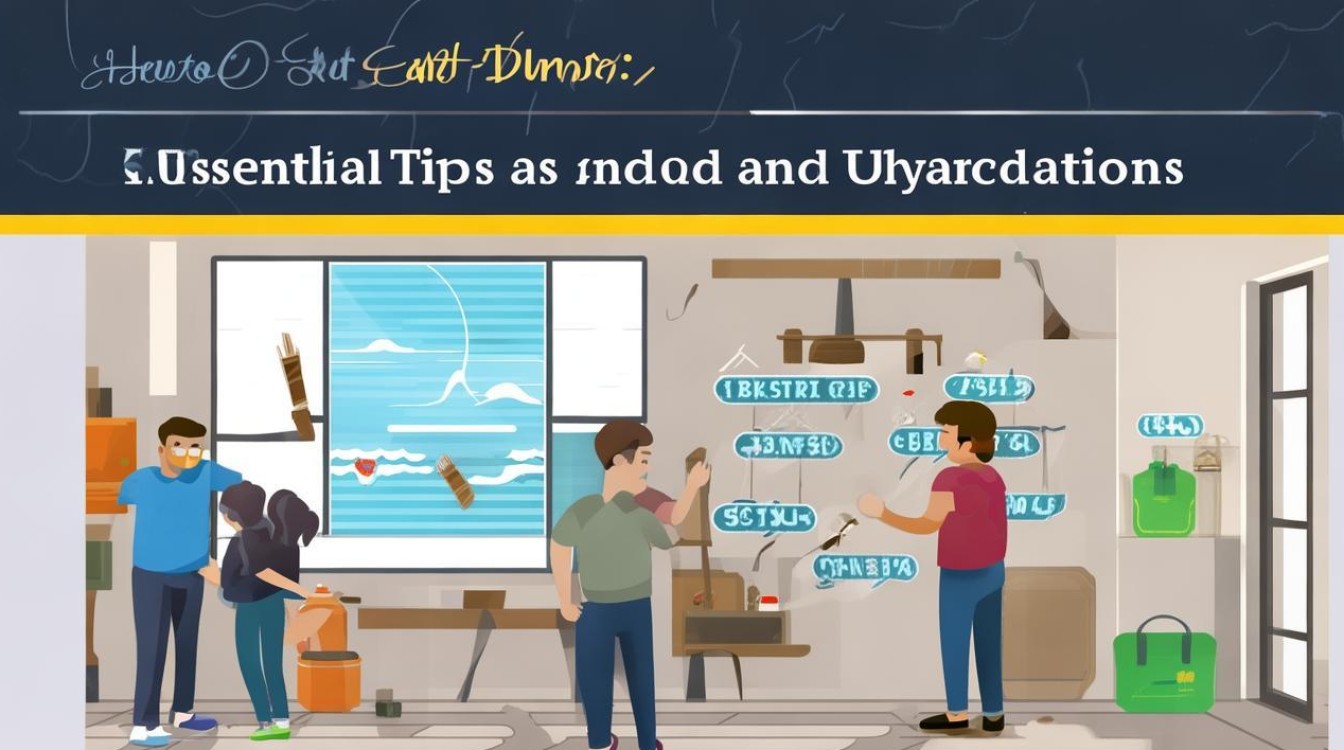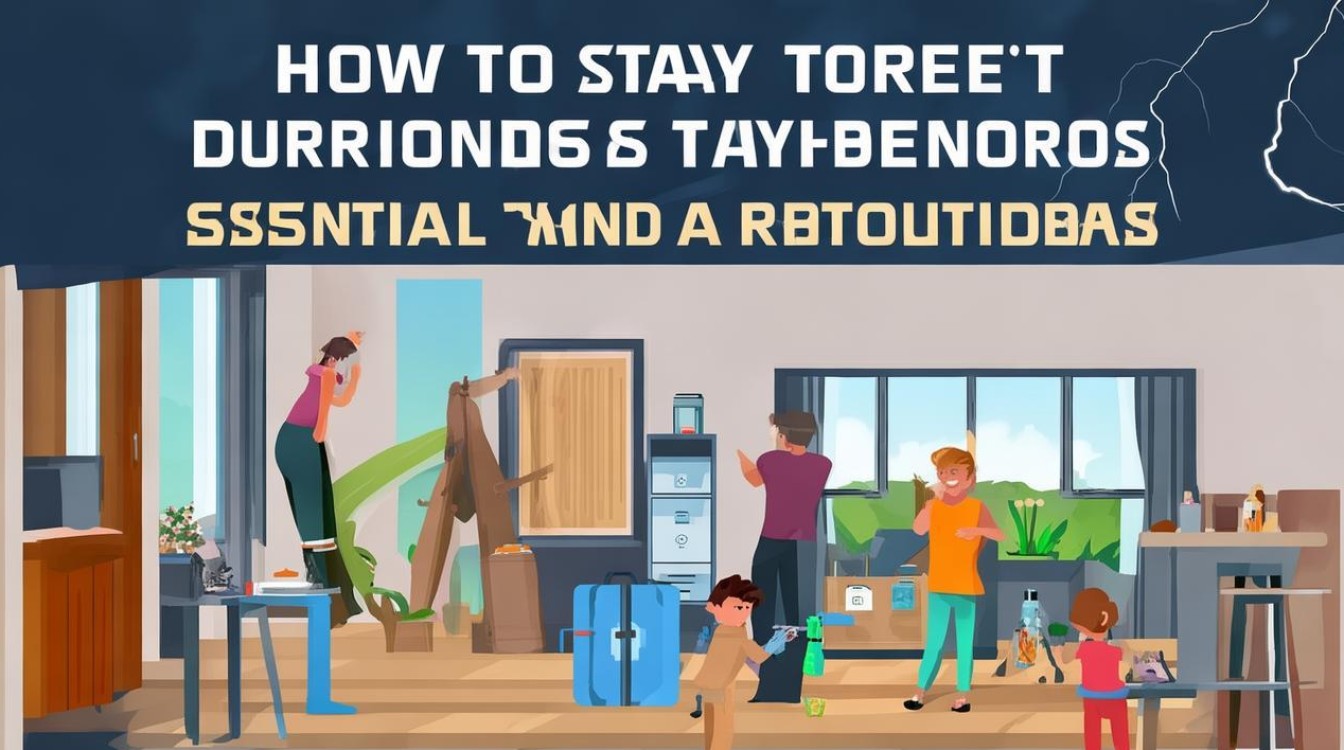Typhoons are powerful natural disasters that can cause significant damage to property and endanger lives. As a website dedicated to safety and preparedness, we aim to provide practical advice on staying safe during a typhoon, with a focus on English-speaking audiences. Whether you live in a typhoon-prone area or are traveling during storm season, these guidelines will help you minimize risks.

Understanding Typhoons
A typhoon is a tropical cyclone that forms over warm ocean waters, characterized by strong winds, heavy rainfall, and storm surges. The intensity of a typhoon can vary, but even weaker storms can lead to flooding, landslides, and power outages. Being informed about typhoon warnings and understanding safety measures is crucial for protection.
Before the Typhoon: Preparation is Key
-
Stay Updated with Weather Reports
- Monitor reliable weather sources such as the local meteorological department or international agencies like the Joint Typhoon Warning Center (JTWC).
- Download weather apps that provide real-time alerts.
-
Prepare an Emergency Kit
- Include essentials like bottled water, non-perishable food, a flashlight, batteries, a first-aid kit, and necessary medications.
- Keep important documents (passports, insurance papers) in a waterproof container.
-
Secure Your Home
- Reinforce windows with storm shutters or plywood.
- Trim tree branches that could fall on your property.
- Clear gutters and drains to prevent water buildup.
-
Plan Evacuation Routes

- Identify the nearest evacuation centers and multiple routes to reach them.
- Ensure your vehicle has a full tank of gas in case of sudden evacuation.
During the Typhoon: Safety Measures
-
Stay Indoors
- Avoid going outside unless absolutely necessary. Flying debris and strong winds pose serious risks.
- If you must evacuate, follow official instructions and avoid flooded roads.
-
Avoid Electrical Hazards
- Turn off electrical appliances to prevent damage from power surges.
- Do not use candles; opt for battery-powered lights instead.
-
Be Cautious of Flooding
- Move to higher ground if your area is prone to flooding.
- Never walk or drive through floodwaters—just six inches of moving water can knock you down.
-
Stay Informed
Keep a battery-operated radio to receive updates if power and internet services are disrupted.

After the Typhoon: Recovery and Caution
-
Wait for Official Clearance
- Do not return home until authorities declare it safe.
- Be aware of downed power lines, broken glass, and unstable structures.
-
Check for Damage
- Inspect your property carefully for gas leaks, water damage, or electrical issues before re-entering.
- Document damage for insurance claims.
-
Help Others Safely
- Assist neighbors if possible, but avoid entering severely damaged buildings.
- Report emergencies to local authorities immediately.
Typhoon Safety for Non-Native English Speakers
For travelers or expatriates in typhoon-prone regions, language barriers can add to the challenge. Here are some useful English phrases to remember during emergencies:
- "Where is the nearest evacuation center?"
- "I need medical help."
- "Is it safe to go outside?"
Learning basic emergency vocabulary can make a difference in critical situations.

Community and Government Roles in Typhoon Safety
Local governments play a vital role in disaster management by issuing warnings, organizing evacuations, and providing shelters. Communities should participate in preparedness drills and support vulnerable members, such as the elderly or disabled.
Final Thoughts
Typhoons are unpredictable, but preparedness reduces risks significantly. By staying informed, securing your surroundings, and following safety protocols, you can protect yourself and your loved ones. Natural disasters remind us of the importance of resilience and collective effort—being proactive today ensures a safer tomorrow.
Remember: Safety starts with awareness. Share this guide with others to spread knowledge and save lives.



